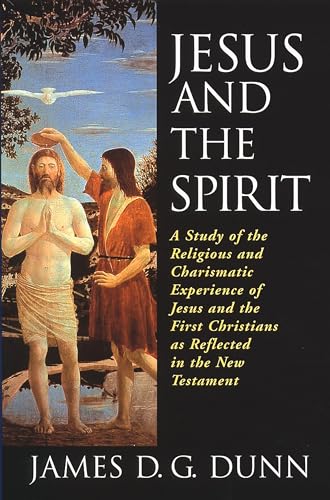This book represents the Franz Delitzsch Lectures, given at the University of Munster in 1967, first published in German in 1970, and now translated by D. M. Smith. Professor Barrett tells us that he has introduced only one or two references to literature on the Fourth Gospel that have appeared since the original lectures. Basically then we have what he said in 1967.
There are four lectures, one on ‘The Environment and Purpose of the Fourth Gospel’, one on ‘Language and Provenance of the Fourth Gospel’, one on ‘Judaism in the Johannine Period’ and the final one on ‘The Fourth Gospel and Judaism’. Professor Barrett begins by looking at the views of Westcott, Dodd, Hoskyns, Bultmann and van Unnik on the question of whether John should be regarded as basically Greek or Jewish. He thinks that the Hellenistic and Gnostic connections of the Gospel should not be overlooked when the Jewish connection is recognized. But the question to which he addresses himself is not so much ‘Does the Gospel come into contact with Judaism?’ as ‘To what sort of Judaism is the Gospel related, and how may we understand the relation?’ He adds, ‘Judaism is a broad concept; Johannine Judaism, however, requires a narrower definition’ (p. 19).
An examination of the language of the Prologue and the topographical details leads to the conclusion that there is certainly a Jewish element but that we should not conclude that ‘John wrote only for a Jewish audience or that his main intention was to transmit with precision a Palestinian tradition’ (p. 39). In this section Barrett looks at the contentions of Albright and Potter and draws attention to places where they differ on topography. But he scarcely does justice to the case either of them builds up.
Barrett points out that both Judaism and Christianity developed during the New Testament period. Originally Christianity was Jewish, but it became predominantly Gentile. Judaism tended to be nationalistic until the war of AD 66–70, but was less so after that. Gnostic elements penetrated Judaism (cf. Qumran) and after the fall of Jerusalem ‘a new institutional development began’ (p. 58). Professor Barrett finds a great variety in John: Judaism, non-Judaism and anti-Judaism, Gnosis and anti-Gnosticism, apocalyptic and non-apocalyptic material. But what gives value to the book ‘does not consist in his having satisfied a passing, practical need by means of a flysheet, but in his having known abiding elements of theological truth’ (p. 76).
It is good to have this book available in English. The points discussed are not peripheral but central to the interpretation of John. This interpretation has too often suffered because exegetes have recognized too little in the way of development and have assumed that ‘Judaism’ for example was a static thing, unchanged throughout the New Testament period. It is well for us to be reminded of the development and change that took place so widely. It is good, too, to have it made so clear that the background to the Fourth Gospel is complex. I find Barrett somewhat too sceptical about John’s topography and somewhat too ready to see Gnostic elements. But the discussion is stimulating and helpful. And I, for one, have no quarrel with the contention that the really great thing about the Fourth Gospel is its author’s grasp of theological truth. It is this that gives that Gospel its abiding value and its continuing fascination.
Leon Morris
Ridley College, Melbourne, Australia






